javadi
Chameleon Enthusiast
Just thought I’d share some pictures from my f. Campani (jeweled chameleon) group. I just love them!
Attachments
-
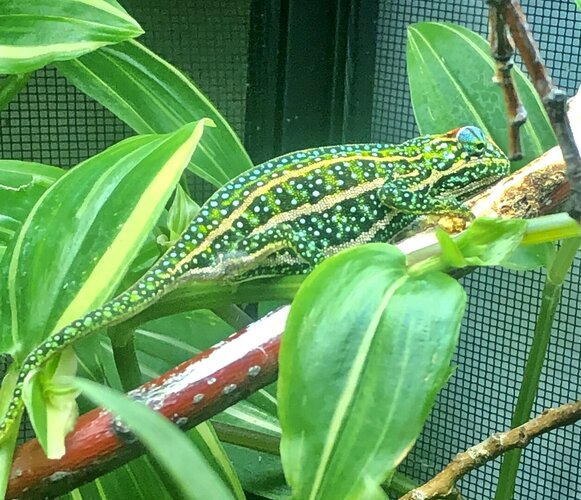 60585737-B93E-462D-B7EF-2DBB52672DB0.jpeg291 KB · Views: 159
60585737-B93E-462D-B7EF-2DBB52672DB0.jpeg291 KB · Views: 159 -
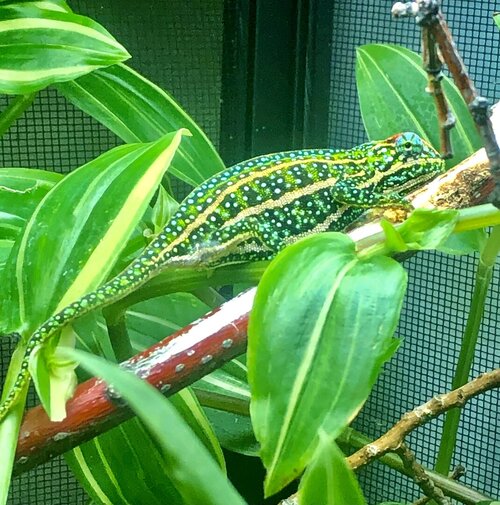 609483C8-C38B-4A3A-AB5C-28D8FA34F8AD.jpeg273.1 KB · Views: 178
609483C8-C38B-4A3A-AB5C-28D8FA34F8AD.jpeg273.1 KB · Views: 178 -
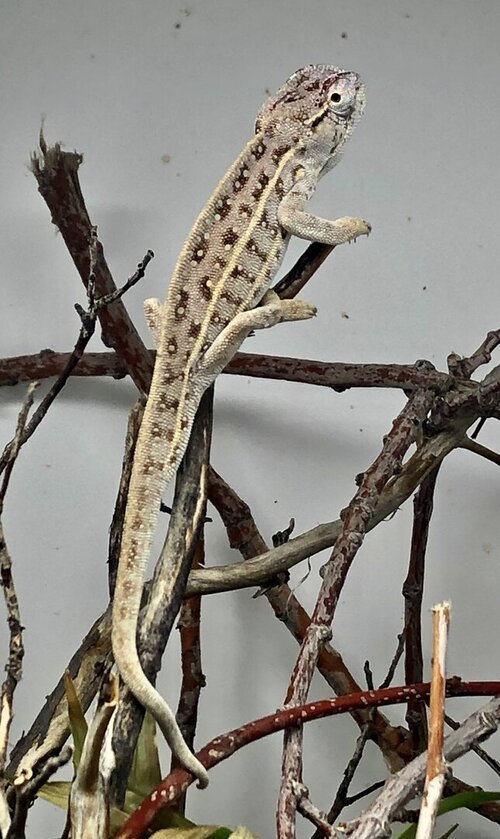 C4D65121-7487-482D-B4D2-805D00F2B7DA.jpeg139.4 KB · Views: 160
C4D65121-7487-482D-B4D2-805D00F2B7DA.jpeg139.4 KB · Views: 160 -
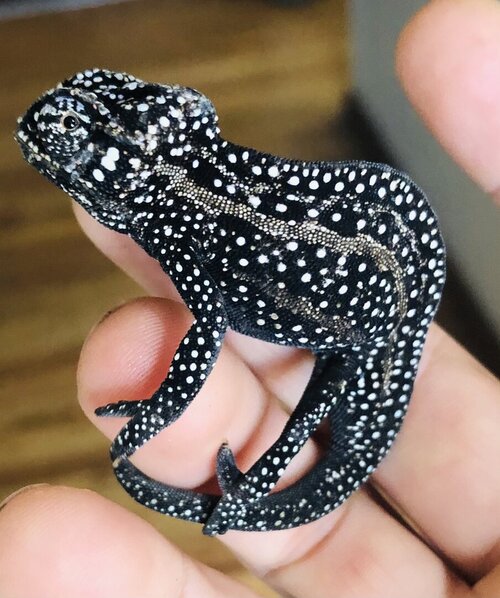 19625E21-AFEE-4A87-B51A-E9EF173F19E7.jpeg198.3 KB · Views: 181
19625E21-AFEE-4A87-B51A-E9EF173F19E7.jpeg198.3 KB · Views: 181 -
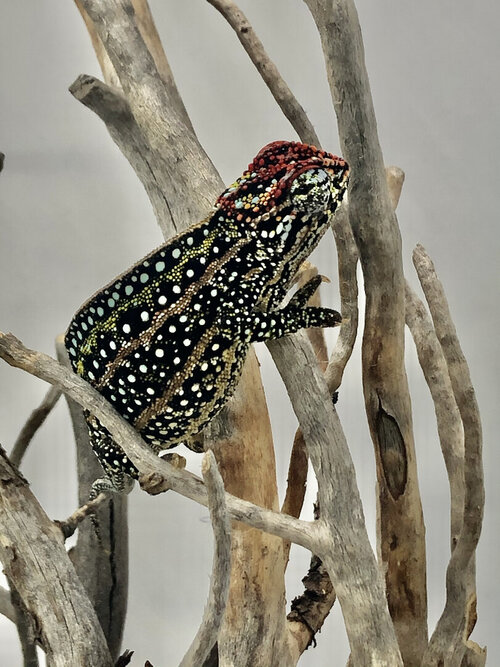 EBFC3A9E-1407-4239-B503-B36F8C4CF9FC.jpeg207.7 KB · Views: 165
EBFC3A9E-1407-4239-B503-B36F8C4CF9FC.jpeg207.7 KB · Views: 165






